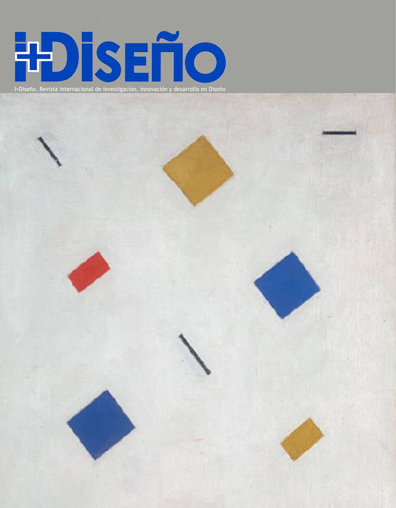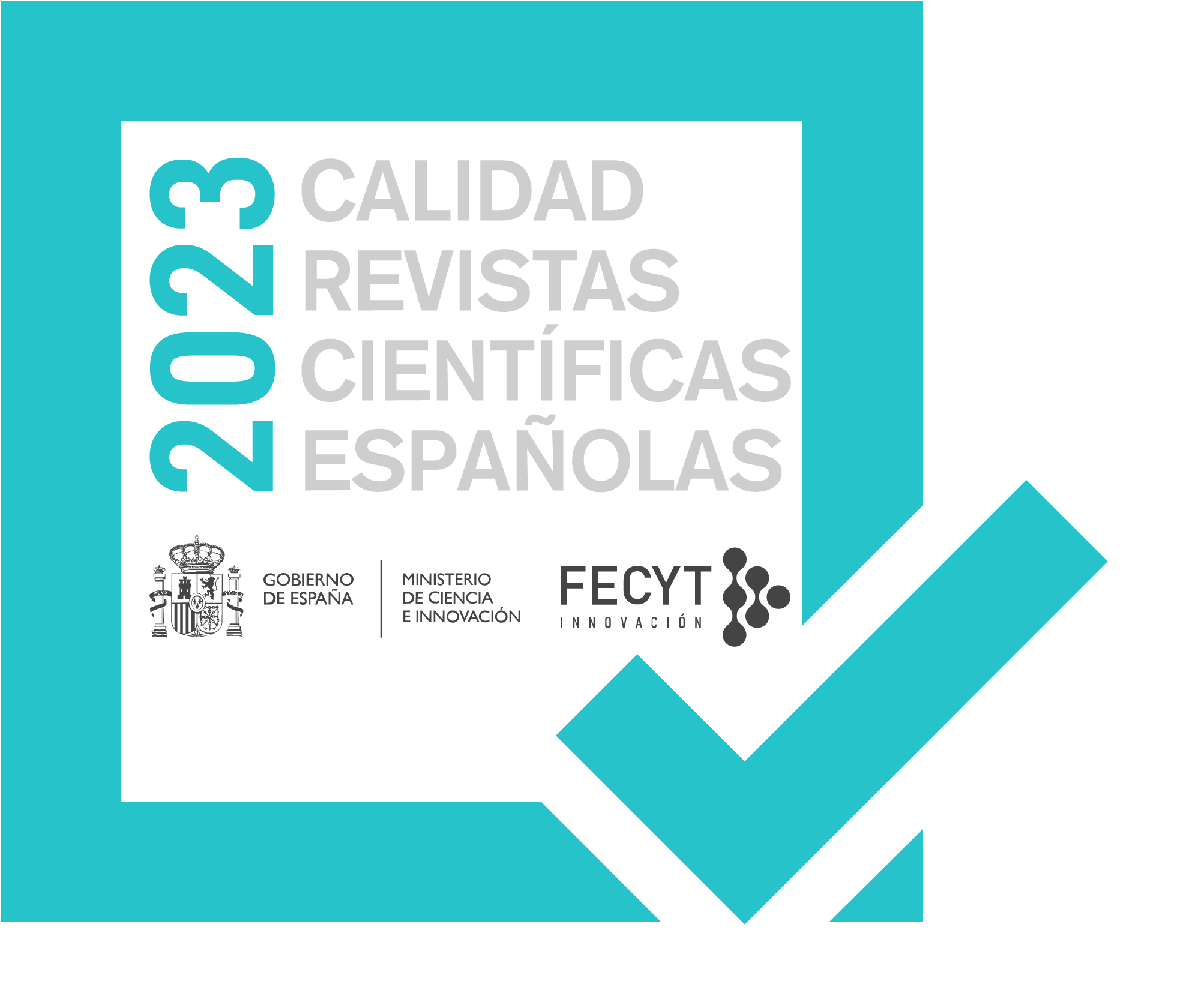De Stijl and Bauhaus
DOI:
https://doi.org/10.24310/Idiseno.2011.v4i.12664Keywords:
De Stijl, Bauhaus, Neo-Plasticism, Nieuwe Beelding, Theo van Doesburg, Piet Mondrian, Gerrit Rietveld, Oskar Schlemmer, neoplastic design, neoplastic typography, typography and design De Stijl, Weimar, Walter Gropius, Dutch avant-garde, modern movementAbstract
Neo-Plasticism or De Stijl gathered a heterogeneous group of artists in The Netherlands between 1916 and 1917. The neoplasticists’ ethical and aesthetic task was aimed to renew the bond between art and life; the artists believed that by creating a new visual style they would also be establishing a new life style. Van Doesburg’s arrival in Weimar in April 1921, as well as other artists’ of the European avant-garde, would be crucial to the change from a teaching method and an attitude based on craftsmanship to a machine and mass production aesthetic, which would take place in 1923.
Downloads
Download data is not yet available.
Metrics
Metrics Loading ...
Publication Facts
Metric
This article
Other articles
Peer reviewers
0
2.4
Reviewer profiles N/A
Author statements
Author statements
This article
Other articles
Data availability
N/A
16%
External funding
N/A
32%
Competing interests
N/A
11%
Metric
This journal
Other journals
Articles accepted
18%
33%
Days to publication
3783
145
Indexed in
-
—
- Academic society
- N/A
- Publisher
- Universidad de Málaga
Downloads
Published
2011-01-09
How to Cite
Moreno Cañizares, A. (2011). De Stijl and Bauhaus. I+Diseño. Revista Científica De Investigación Y Desarrollo En Diseño, 4, 64–76. https://doi.org/10.24310/Idiseno.2011.v4i.12664
Issue
Section
Articles
License
Aquellos autores/as que tengan publicaciones con esta revista, aceptan los términos siguientes:- Los autores/as conservarán sus derechos de autor y garantizarán a la revista el derecho de primera publicación de su obra, el cuál estará simultáneamente sujeto a la Licencia de reconocimiento de Creative Commons que permite a terceros compartir la obra siempre que se indique su autor y su primera publicación esta revista.
- Los autores/as podrán adoptar otros acuerdos de licencia no exclusiva de distribución de la versión de la obra publicada (p. ej.: depositarla en un archivo telemático institucional o publicarla en un volumen monográfico) siempre que se indique la publicación inicial en esta revista.
- Se permite y recomienda a los autores/as difundir su obra a través de Internet (p. ej.: en archivos telemáticos institucionales o en su página web) antes y durante el proceso de envío, lo cual puede producir intercambios interesantes y aumentar las citas de la obra publicada. (Véase El efecto del acceso abierto).








14.png)



